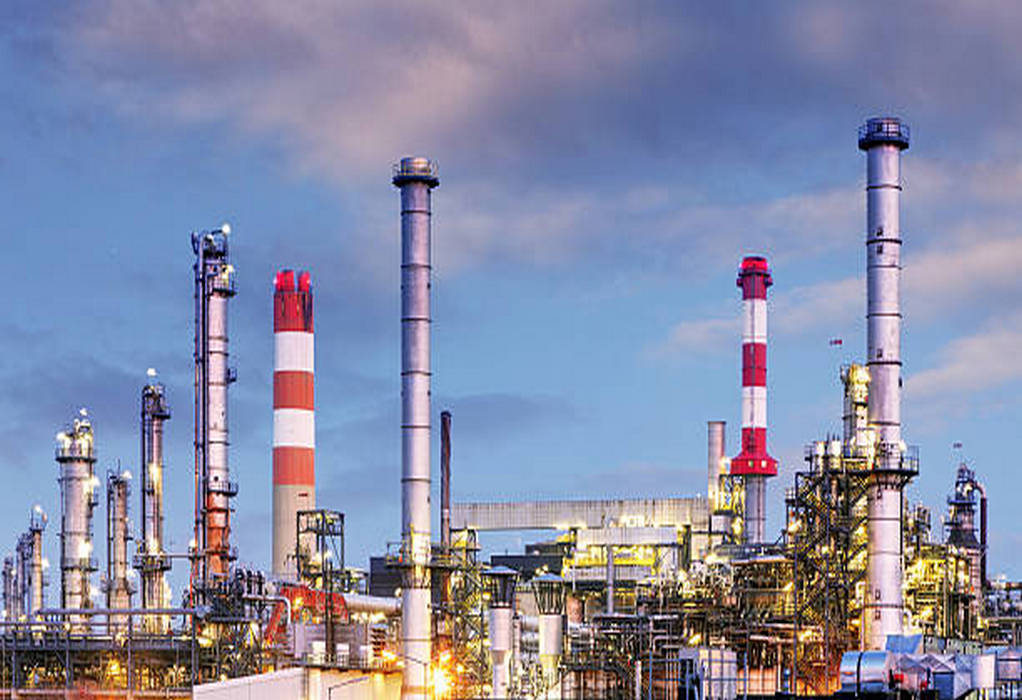India, the world’s fourth largest refiner, will add as much as 56.6 million tonnes per annum (mtpa) of crude oil refining capacity in the next seven years of which 84 per cent will be through brownfield expansion.
At present, the world’s third largest crude oil consumer has a cumulative refining capacity of almost 254 mtpa, or a little over five million barrels per day (mb/d).
According to the Ministry of Petroleum and Natural Gas (MoPNG), India will add nine mtpa of refining capacity through greenfield expansion.
Between 2014-2023, India added a total of 38.9 mtpa of refining capacity, of which 39 per cent was greenfield and the remaining 61 per cent was brownfield, while during 2010-14, it added 29.7 mTPA capacity through brownfield expansion.
As per the Centre for High Technology (CHT), a technical wing of MoPNG, the refining capacity of Indian refineries is projected to increase by about 56 mtpa by 2028.
In FY23, Indian refineries processed 5.13 mb/d of crude oil, or 255.2 million tonnes (mt), against 4.85 mb/d or 241.7 mt. In August 2023, the crude pressed stood at 5.28 mb/d or 21.9 mt (provisional), while during April-August in FY24, the crude processed stood at 5.25 mb/d or 109.5 mt.
As of September 2023, India had a total crude oil transportation pipeline of 10,938 km with a capacity of 153.1 mtpa. The refined products transportation pipeline is 22,973 km with a capacity of 149.3 mtpa.
Refining push
The government’s refining push is on account of India’s rising consumption of crude oil as its industrial, construction and manufacturing sectors expand. Besides, after the Russia-Ukraine war, Indian refiners have emerged as one of the key refining destinations.
CareEdge Ratings said that FY23 marked an exceptional period for Indian refiners. They achieved exceptionally high gross refinery margins (GRMs), primarily attributed to disruptions in the demand-supply dynamics resulting from the outbreak of the Russia-Ukraine war in February 2022.
On higher refining in FY23, CareEdge said the overcapacity operation is primarily attributed to robust domestic and export demands for refined products. The availability of relatively cost-effective Russian crude, limited additions to refining capacities worldwide, a substantial post-pandemic surge in refined product demand, and geopolitical disruptions have collectively contributed to Indian refiners consistently achieving significantly higher GRMs than the benchmark Singapore GRMs over the past three years. Consequently, this has led to an improvement in the credit profile of Indian refiners.
Tags: Crude Oil, India, REfining



Recent Posts
Royal Caribbean Welcomes LNG-Fueled Star of the Seas to Its Fleet
Swire Shipping Launches ‘Voyage to Zero’ to Help Customers Cut Scope 3 Emissions Swire
Pinnacle Marine Launches B100-Powered President 100 for Biofuel Trials
Assam Puts Green Hydrogen Policy on Hold, Investors Reassess Plans
MNRE and Odisha Chart Roadmap for National Green Hydrogen Mission
Hyundai Glovis to Retrofit Seven PCTCs with Avikus AI Navigation System
Super Terminais orders three more Konecranes Gottwald ESP.10 Mobile Harbor cranes
Covestro and HGK Shipping Extend Partnership to 2040 with Focus on Wind-Assisted Vessel Retrofit